|
Whether you are familiar with the word “mitering” or not, chances are you have definitely come across this finish at some point in the dressmaking process. Clean, professional and angled to perfection, a mitered (new word to me by the way) technique is one applied to straight or angular fabric corners to form a diagonal seam that encloses all fabric raw edges. It is a high quality finish very often used with tailored items like coats, blazers, and tailored skirts/dresses to form sharp, clean edges at the garment opening’s hemline or at slit and vent corners. Mitering is one of those techniques that is very simple once you know its basic steps but somewhat confusing if you try to figure it out yourself from scratch- speaking from experience here. I have tried to clean finish fabric corners by mitering angular, asymmetric hem edges and let’s just say the experience left me feeling frustrated. The other day I was browsing an old sewing book and found it! A simple 3 step method to clean finishing fabric corners using the mitering technique. Here it is: 1. Fold the fabric corner diagonally towards the right side of the fabric as shown. The point where the vertical and horizontal seamlines (not seam allowance edges) intersect determines how far in this diagonal fold should be positioned. 2. Iron the fold to crease a defined line as shown. 3. Open the fold and you should see a defined crease left diagonally across the corner. To facilitate the sewing process, mark the crease with an actual line using a fabric pencil or tailor's chalk as shown above. 4. Bring the vertical and horizontal seam allowance together such that the creased line overlaps on both sides, and the fabric’s face sides are touching as shown. 5. Insert a pin or two through the crease line to hold this alignment in place. You can even add a temporary hand basting stitch to keep the fold line perfectly overlapping. The pin should go through both fabric layers and fall on the crease line on both sides of the fabric similar to sewing a dart. 6. Stitch from the raw edges to the corner just as you would with a dart. It is also a good idea to backstitch on both ends to ensure the stitching doesn't come undone. 7. Trim the excess fabric about 1/4" away from the stitchline to release tension and eliminate bulk. Trim the corner seam allowance from the end of the stitch line out to release tension and allow the finished edge to lay flat. Clipping the seam allowance for tension and bulk control is is the most important step in the mitering process- Don't skip this one! 8. Iron the trimmed seam allowance open as shown. 9. Turn the finished corner on its right side to enclose all raw edges. Arrange the diagonal seam based on the seam allowance along each lengthwise edge. Iron one more time to give the finished edges a clean, defined look. You can now clean finish the rest of the fabric seam allowance edges using the method of your choice! For example, to fold and topstitch, release a bit of the mitered corner’s stitching (enough to fold the fabric raw edges in) with your seam ripper. Fold and iron each one of the edges in, enclosing them for a clean finish. Insert pins or hand baste to hold the folded edges in place. Follow the ironed fold lines as a guide to topstitch each edge as shown. You can also clean finish fabric raw edges with lining. Release the mitered corner stitching at the raw edge area of the fabric just as you did for the topstitching portion above. However, instead of folding in the raw edges, sew them to corresponding lining layers. This technique is very often use with tailored items in both menswear and womenswear. Hope you find this little technique just as useful as I have! Similar Tutorials You May Like: How To Sew Inner And Outer Self-Finished Fabric Corners Sewing 101: What Is Top Stitching, How And When To Use It Understanding Seam Allowance In Sewing: Beginner's Guide To Fabric Allowance Sewing Terms You Should Know As A Beginner Want To Learn How To Sew And Make Your Own Patterns? These Are The Basic Supplies You Should Have.
0 Comments
Leave a Reply. |
The Blog:A journey into our design process, sewing tutorials, fashion tips, and all the inspiring people and things we love. Doina AlexeiDesigner by trade and dressmaker at heart. I spend most of my days obsessing over new fabrics and daydreaming new ideas. Sadie
Executive Assistant & Client Relations Manager Archives
November 2019
Categories
All
|
-
Sewing Tutorials
-
Basics
>
- Aligning Pattern Grainlines To Fabric
- Preparing Fabrics For Sewing
- Pinning Sewing Patterns To Fabric
- Placing Sewing Patterns On Fabric For Cutting
- Rotary Cutters or Fabric Scissors?
- Cutting The Sewing Patterns
- What Are Notches And How To Use Them In The Sewing Process
- Transferring Notches From Pattern To Fabric
- Transferring Seamlines to Fabric
- Staystitching
- Backstitching: A Complete Guide
- Hand Basting: A Complete Guide
- Sewing Continuous Bias Binding
- Darts >
-
Sewing Seams
>
- The Basics Of Seams And Seam Allowance
- How To Sew A Straight Seam
- Sewing Curved Seams
- Sewing Corner Seams
- Trimming And Grading Seam Excess
- Notching/Clipping Seam Allowance for Tension Release
- Sewing Topstitched Seams
- Sewing Corded Seams
- Sewing A Slot Seam
- Sewing A Gathered Seam
- Sewing Bias Seams
- Sewing Seams With Ease
- Sewing Seams With Crossing Seamlines
- Sewing Unlike Fabric Seams
- How To Iron Seams: Ironing Tools And Conventions
- Sewing With Knit Fabrics
- Understanding Stitch Length And Tension
- Sewing Unique Fabric Seams
-
Seam Finishes
>
- Seam Finishing Techniques - Overview
- Applying A Pinked Seam Finish
- Applying A Bias Bound Seam Finish
- Serging And Zigzag Seam Finishes
- Sewing A Self-Bound Seam Finish
- Sewing A French Seam Finish
- Sewing A Hong Kong Seam Finish
- Sewing A Mock French Seam Finish
- Sewing A Turned-and-Stitched Seam Finish
- Sewing Overcast Hand-Applied Seam Finishes
- Sewing A Flat Felled Seam
- Sewing A Hairline Seam Finish
-
Hem Finishes
>
- Garment Hem Finishes: Overview
- Sewing A Double Fold Hem Finish
- Sewing A Single Fold Hem Finish
- Sewing Bound Hem Finishes
- Sewing An Exposed Double Layer Bound Hem
- Sewing A Folded-Up Bound Hem with Pre-folded Binding
- Sewing A Hong Kong Hem Finish
- Sewing A Band Hem Finish
- Sewing A Bias Faced Hem Finish
- Sewing A Twill Tape Hem Finish
- Sewing A Rolled Hem Finish
- Sewing A Shaped Hem Facing
- Using Fusible Hem Tape And Webbing
- Finishing A Lace Fabric Hem
- Finishing A Leather Hem
- Sewing Faced Hem Corners
- How To Finish Lining At The Hem
- Finishing Fabric Corners by Mitering >
- Interfacing A Hemline: Lined And Unlined Examples
-
Sewing Pockets
>
- Curved Patch Pocket With Flap
- Unlined Square Patch Pockets
- Lined Patch Pockets: Two Ways
- Extension On-Seam Pockets
- Separate On-Seam Pocket
- Front Hip Pockets
- Bound Double Welt Pocket
- Double Welt Pocket With Flap
- Self-Welt Pocket (Using Single Fabric Layer)
- Slanted Welt Pocket (Hand-Stitched)
- Faced Slash Pockets: Overview >
-
Sewing Zippers
>
- Sewing Zippers: General Information
- Sewing A Centered Zipper
- Sewing A Lapped Zipper
- Sewing An Invisible Zipper
- Sewing A Fly Front Zipper
- Sewing A Closed-End Exposed Zipper (No Seam)
- Sewing An Exposed Separating Zipper
- Sewing Hand Stitched Zipper Applications
- Sewing A Zipper Underlay
- Sewing A Placket-Enclosed Separating Zipper
- Sleeveless Finishes >
-
Neckline Finishes
>
- Sewing A Neck Shaped Facing
- Sewing An All-In-One Neck Facing
- Neck And Garment Opening Combination Facings >
- Sewing A Bias Faced Neckline Finish
- Sewing A Band Neckline Finish
- Bound Neckline Finishes: Overview >
- Sewing A Semi-Stretch Strip Band Neckline
- Ribbed Neck Band And Classic Turtleneck
- Decorative Neckline Finishes >
- Finishing Facing Edges >
-
Extras
>
- A Complete Guide on Interfacing
- Sewing Bound Spaghetti Straps
- Sewing Spaghetti Straps To A Faced Neckline
- Sewing Ruffles: Overview
- Patterning And Sewing A Circle Ruffle
- Sewing A Gathered Heading Ruffle
- Sewing Double Layer Gathered Ruffles
- Sewing A Gathered Ruffle Into A Seam
- Sewing A Gathered Ruffle To A Fabric Edge
- Sewing A Fabric Surface Slit
- Sewing A Slit Seam
- Hand-Applied Straight Stitches
- Hand-Applied Blind Stitches
- Hand-Applied Overedge Stitches
- Hand-Applied Tack Stitches
- Hand-Applied Decorative Stitches
-
Basics
>
- Custom Bridal
- Custom Apparel
- About
- Blog
Services |
Company |
|

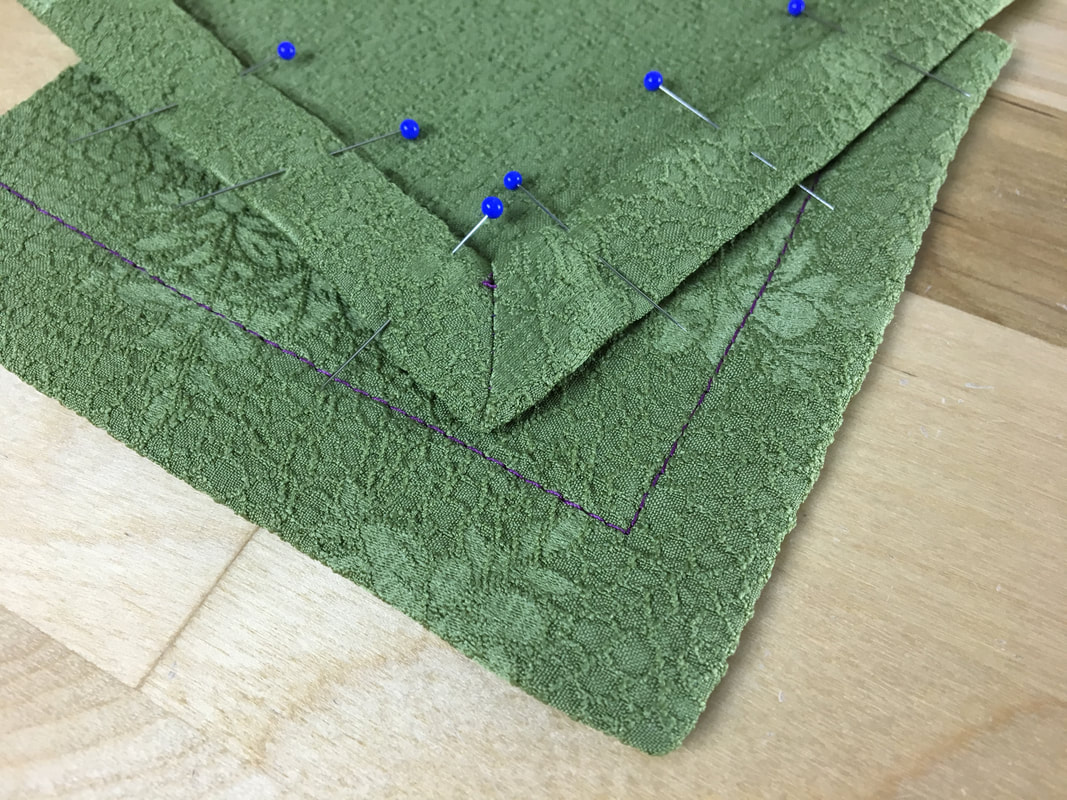
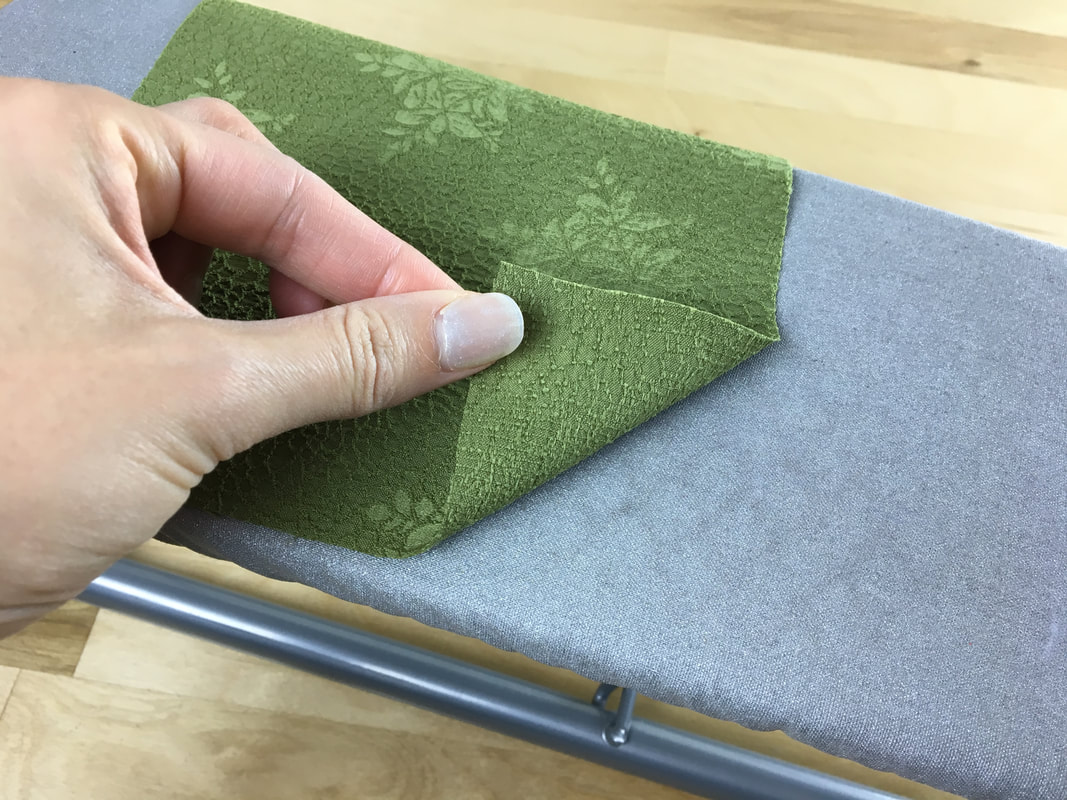
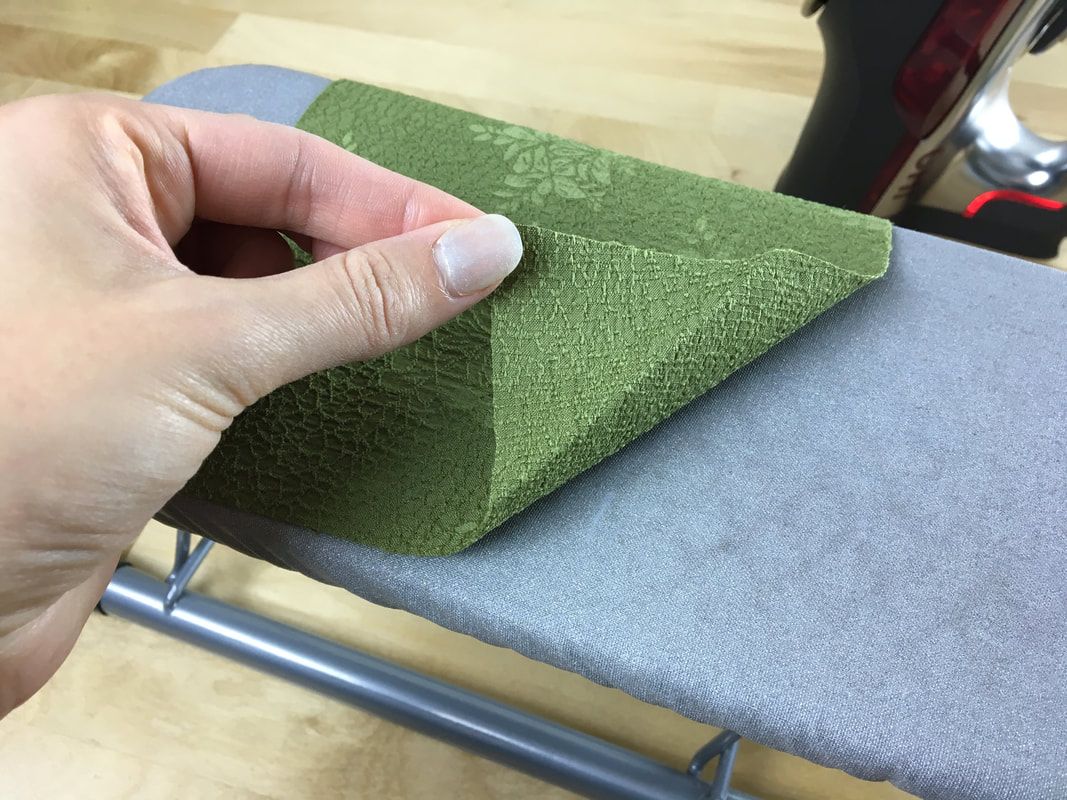
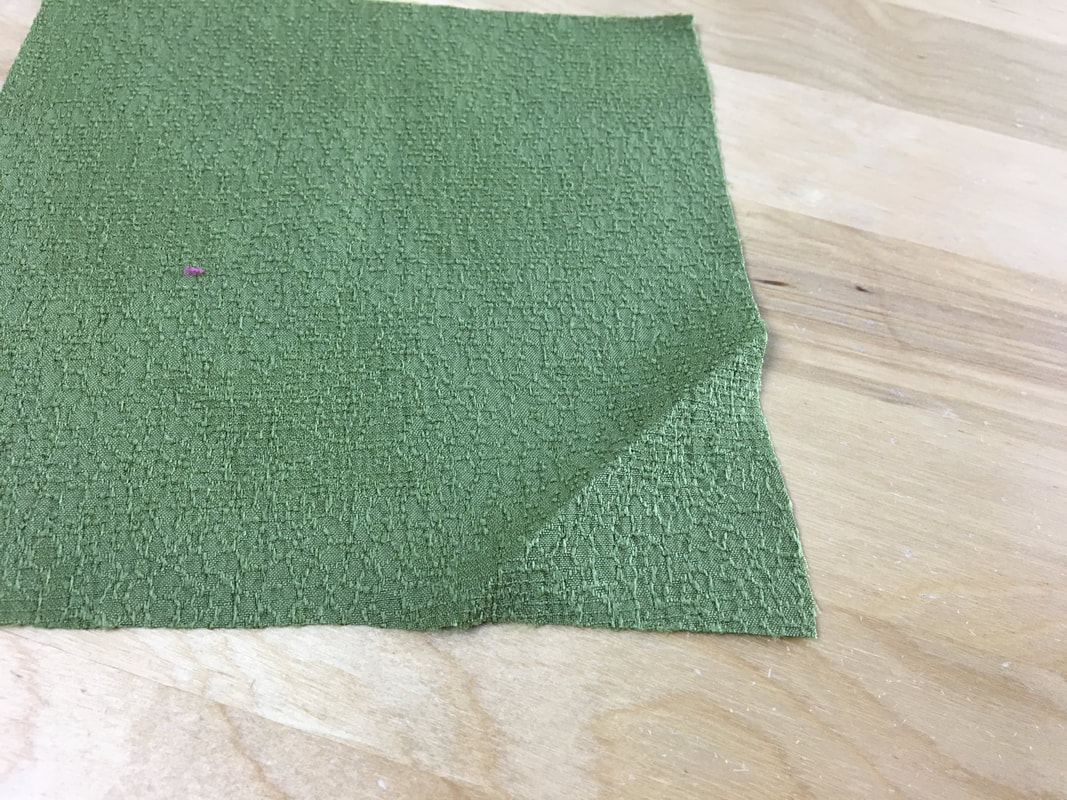
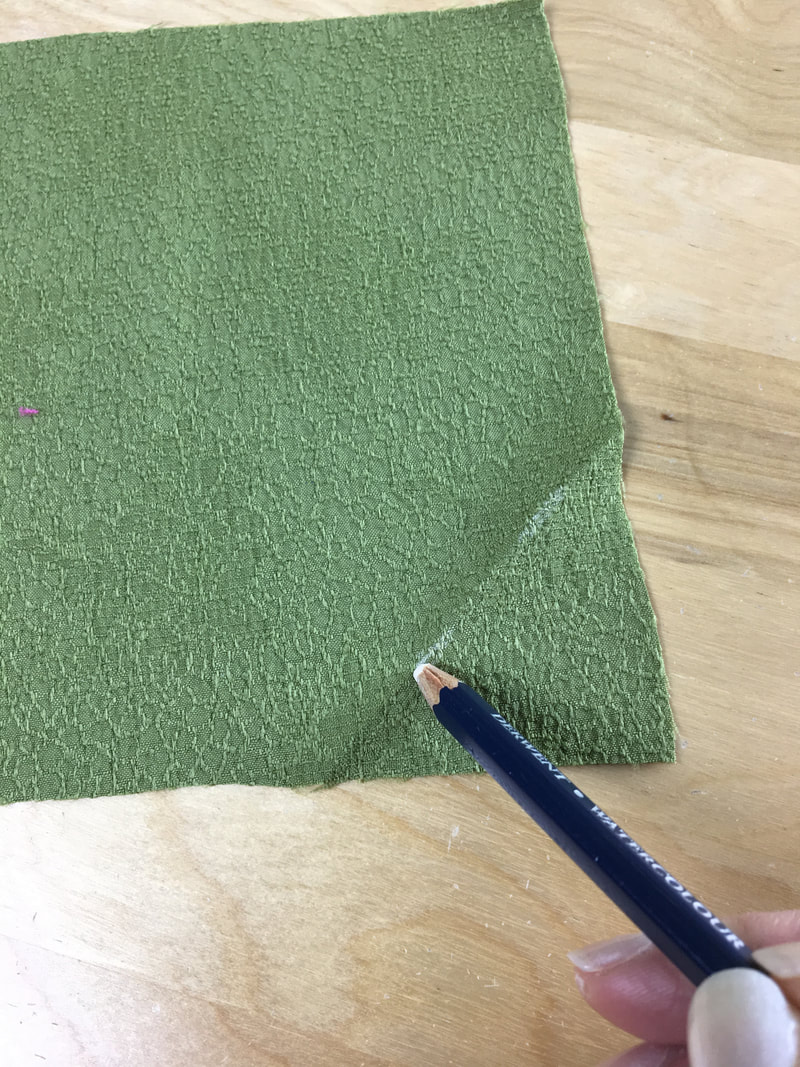
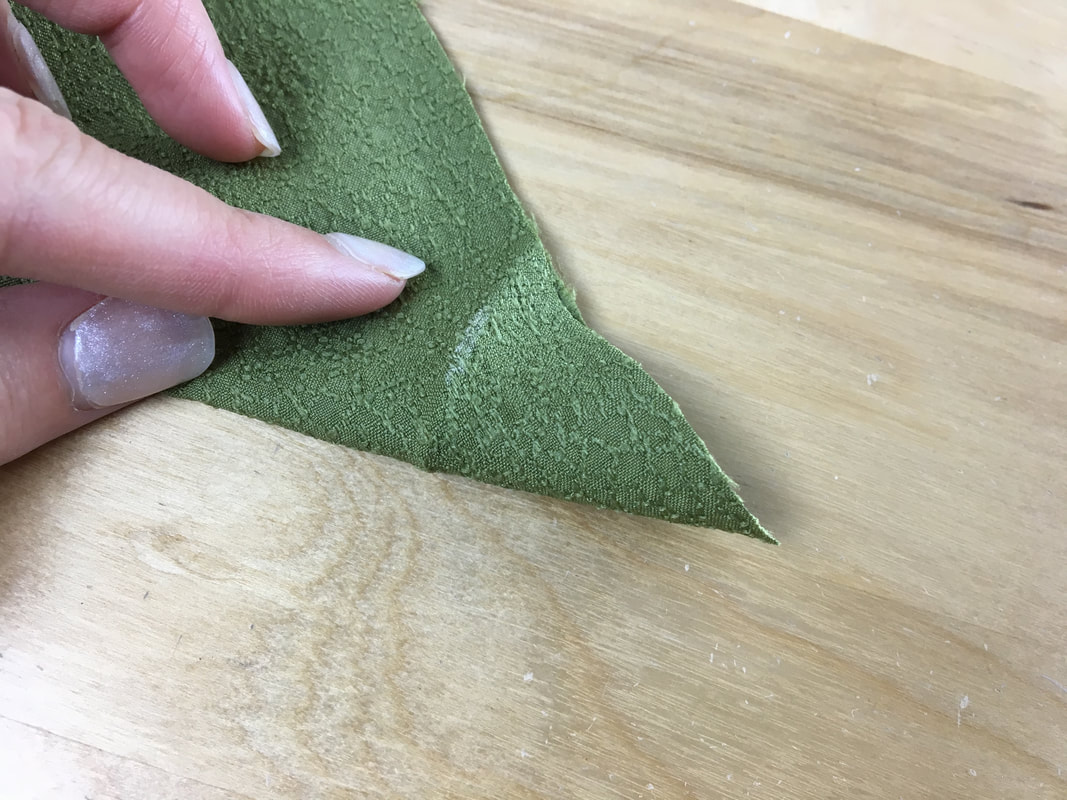
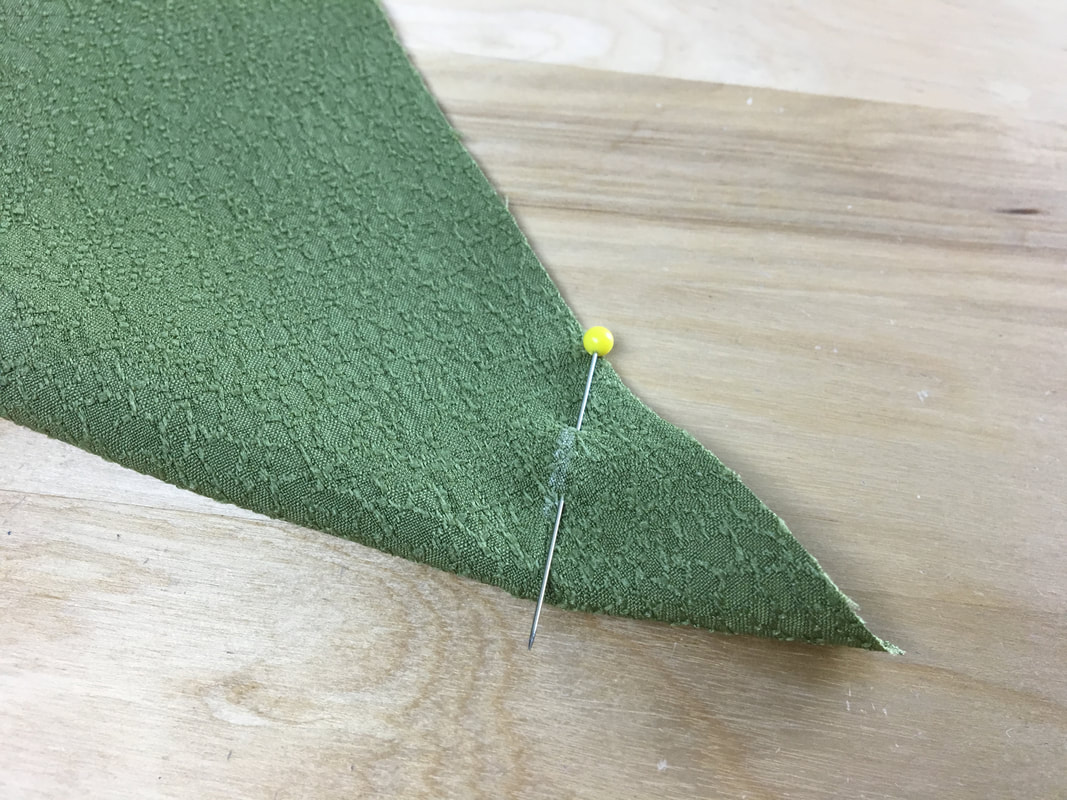
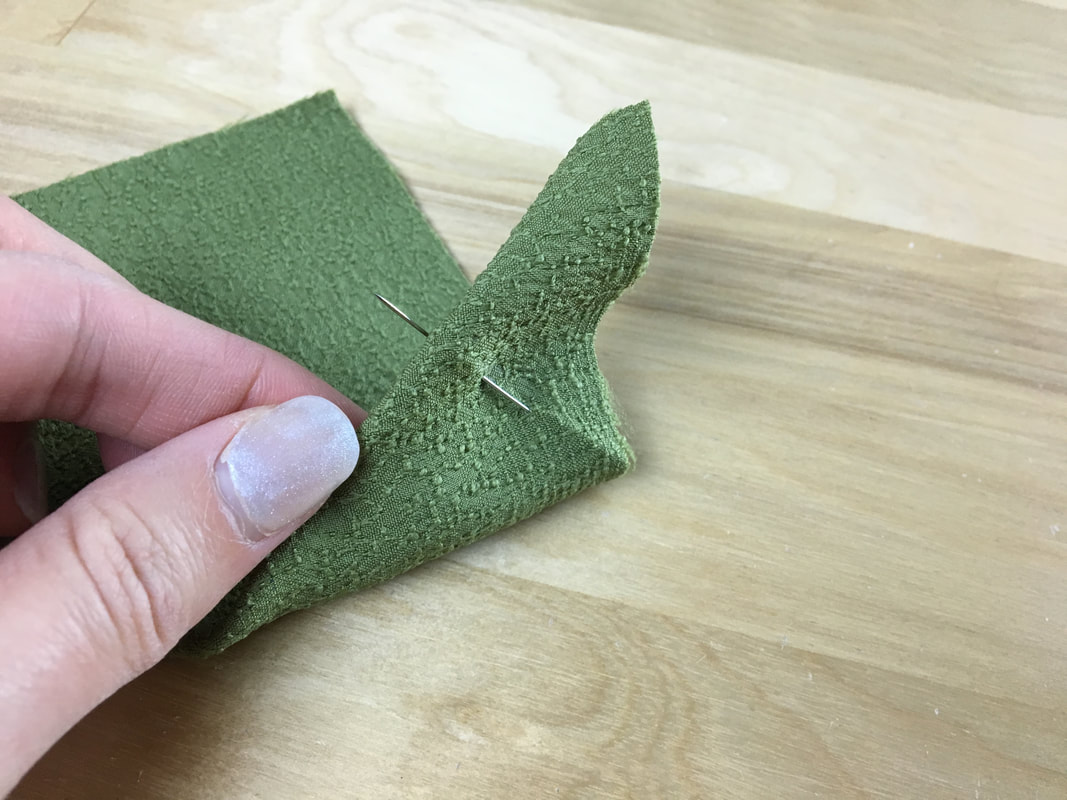
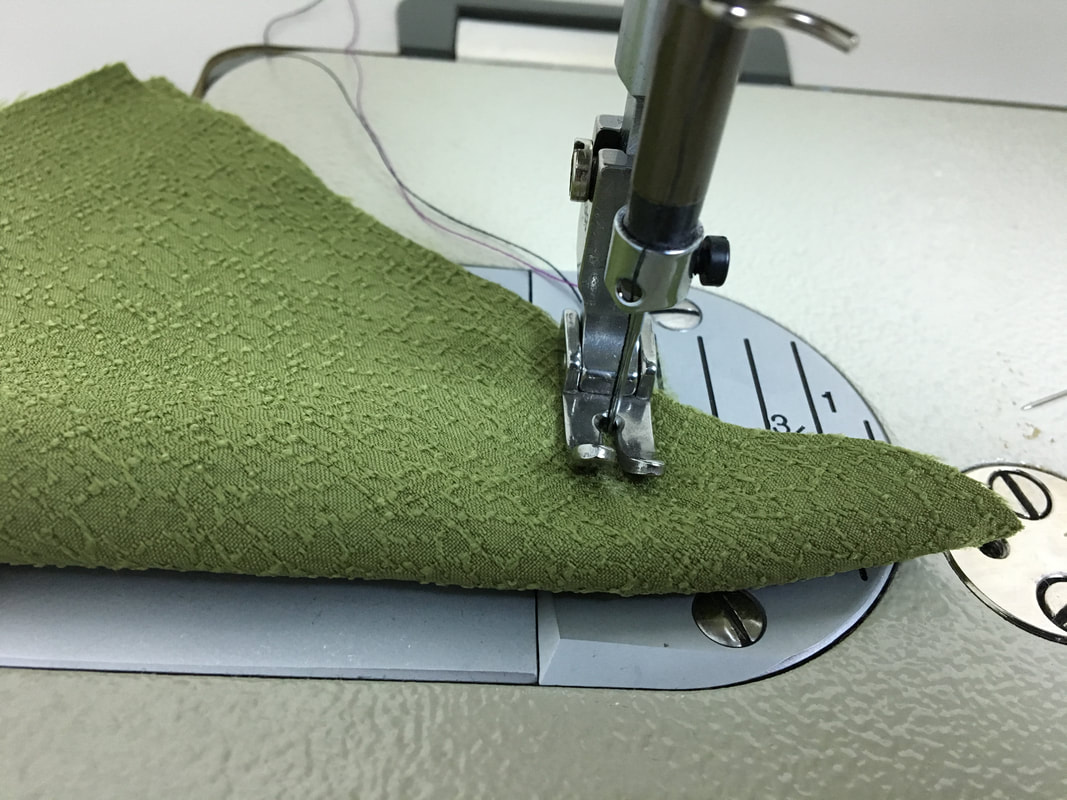
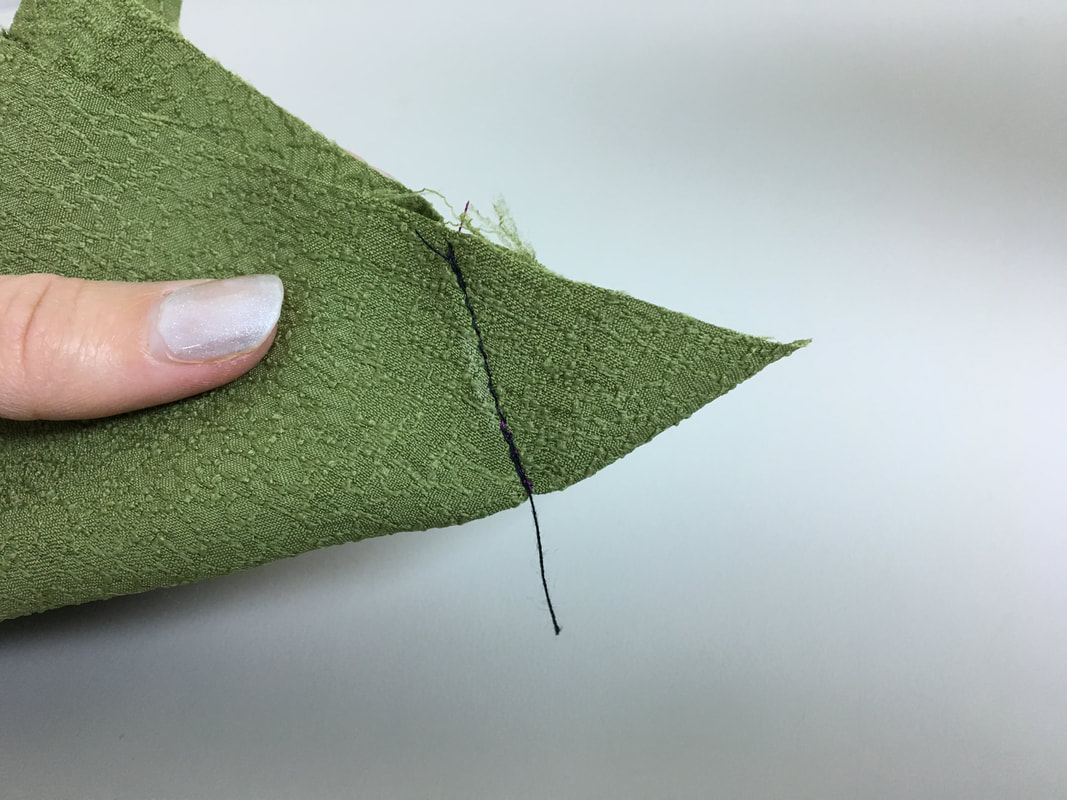
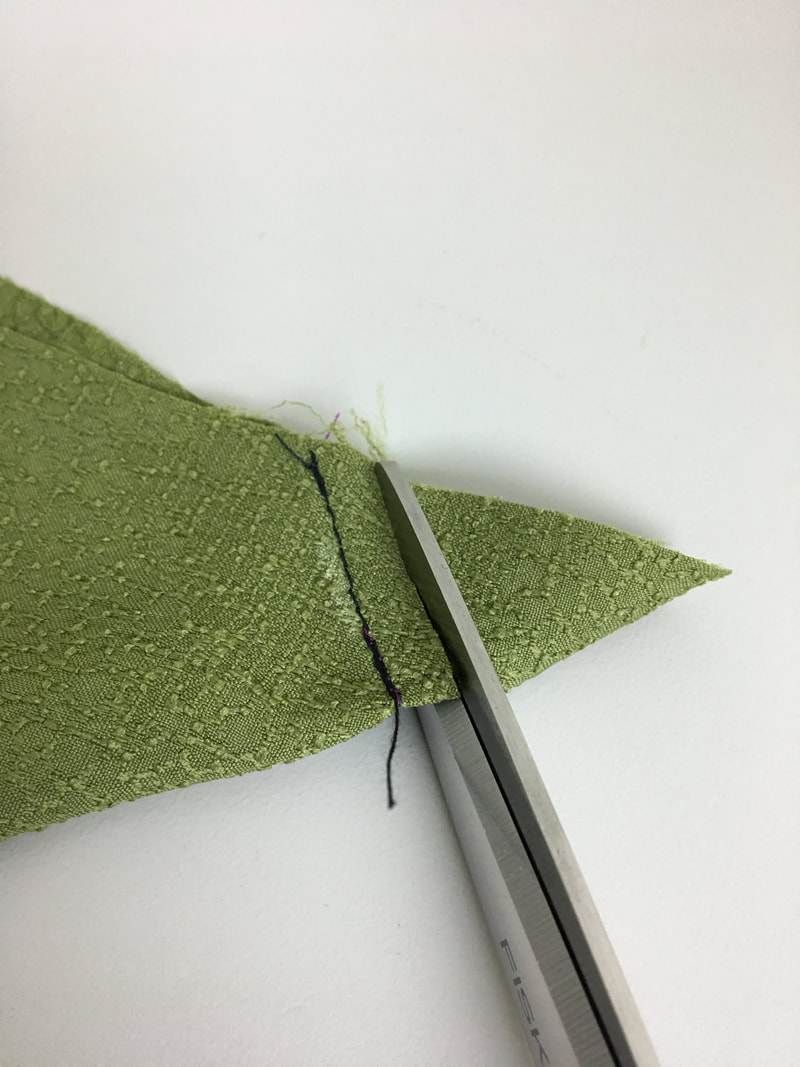
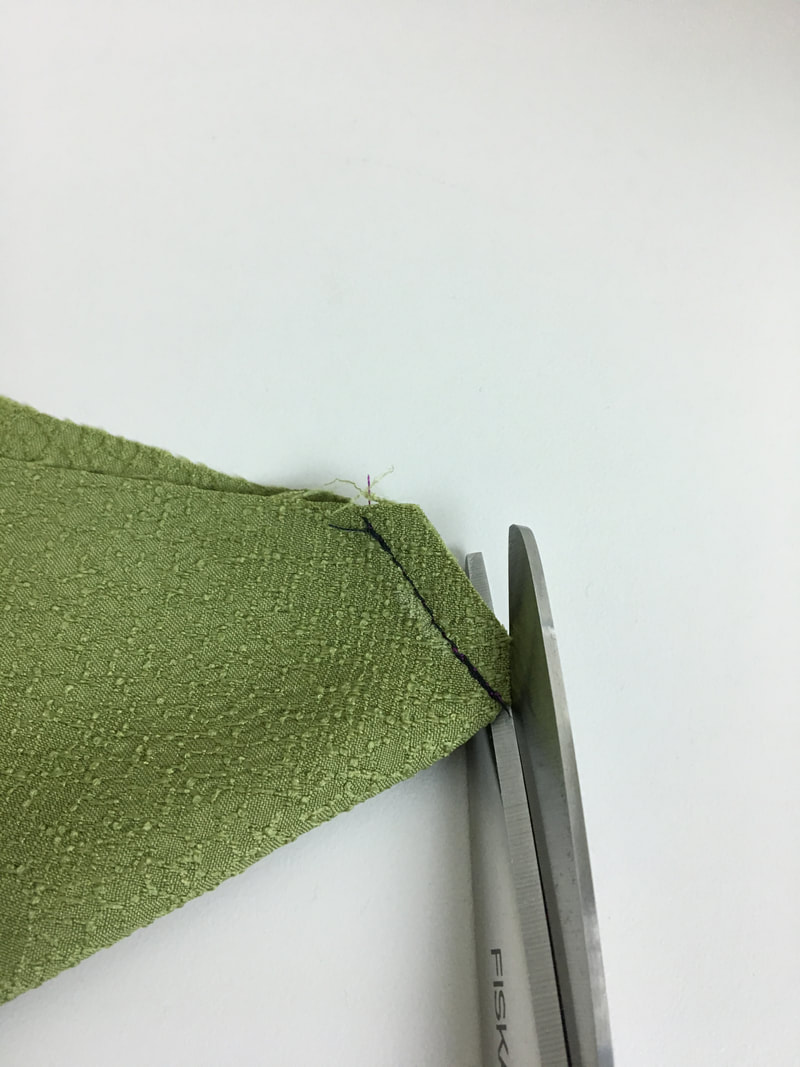
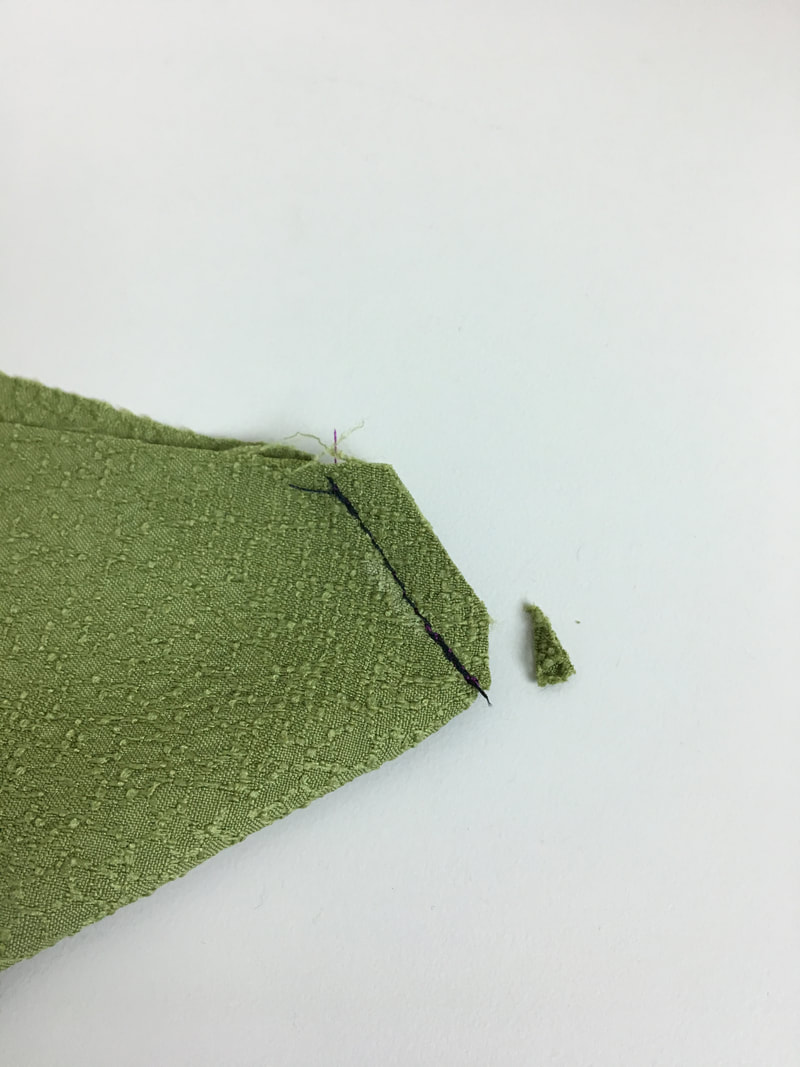
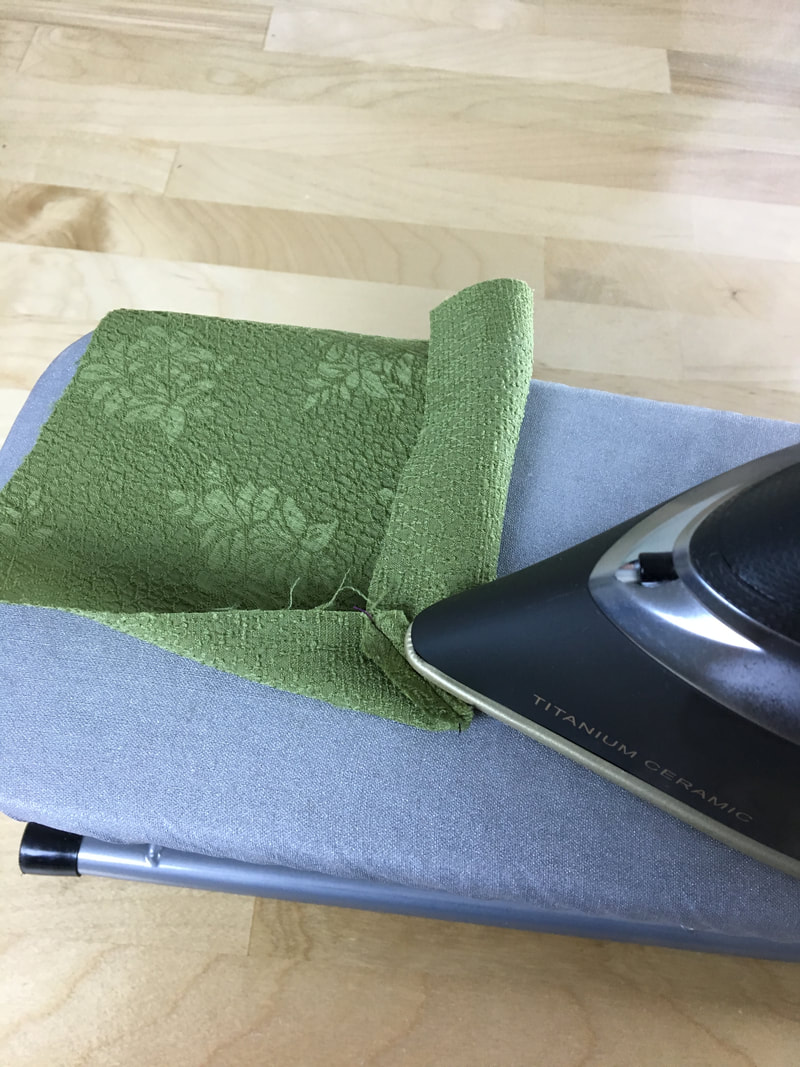
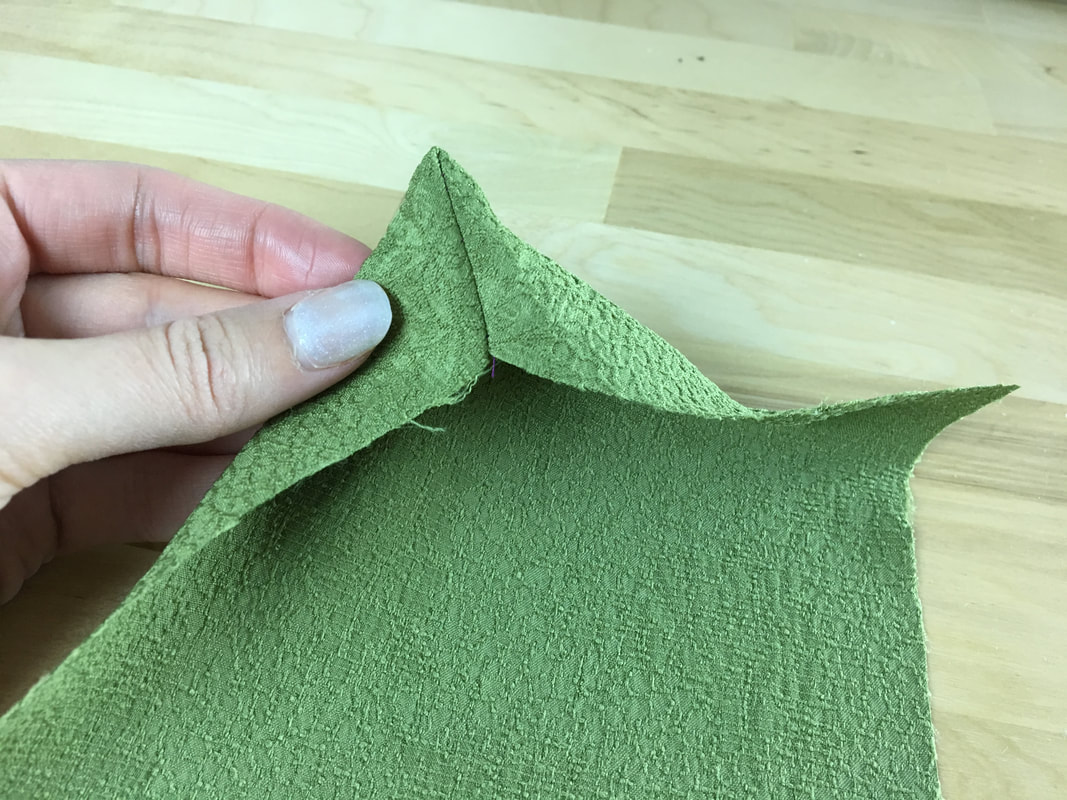
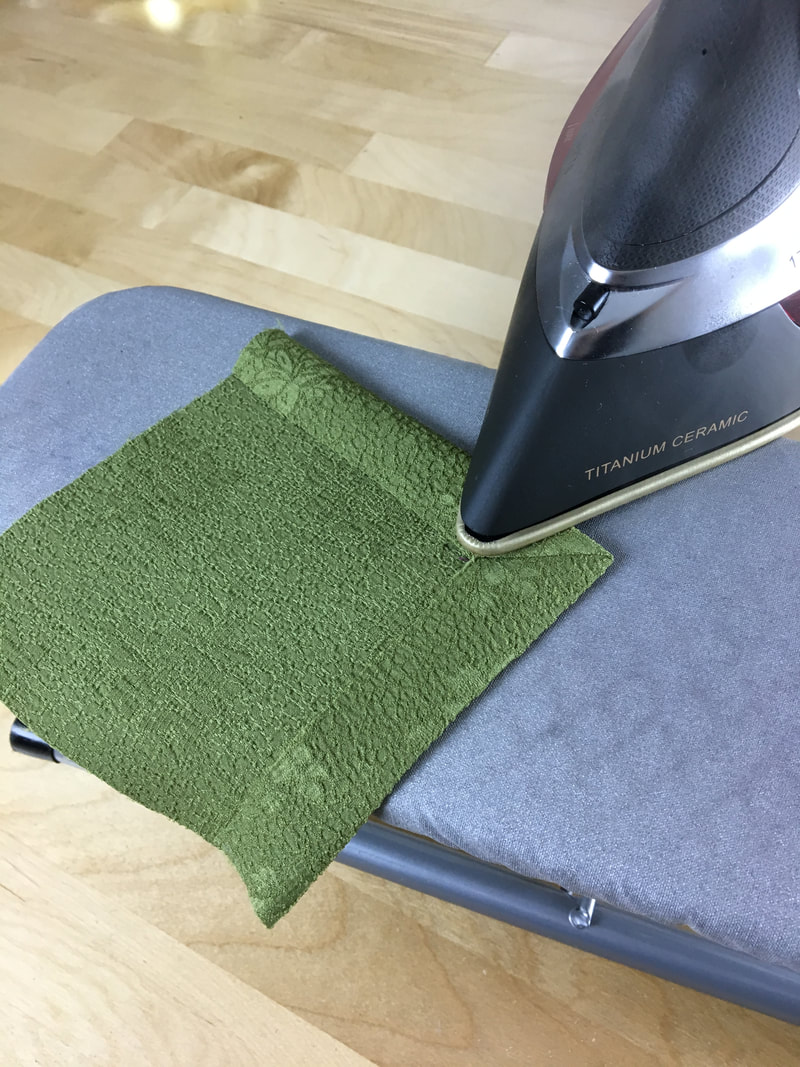
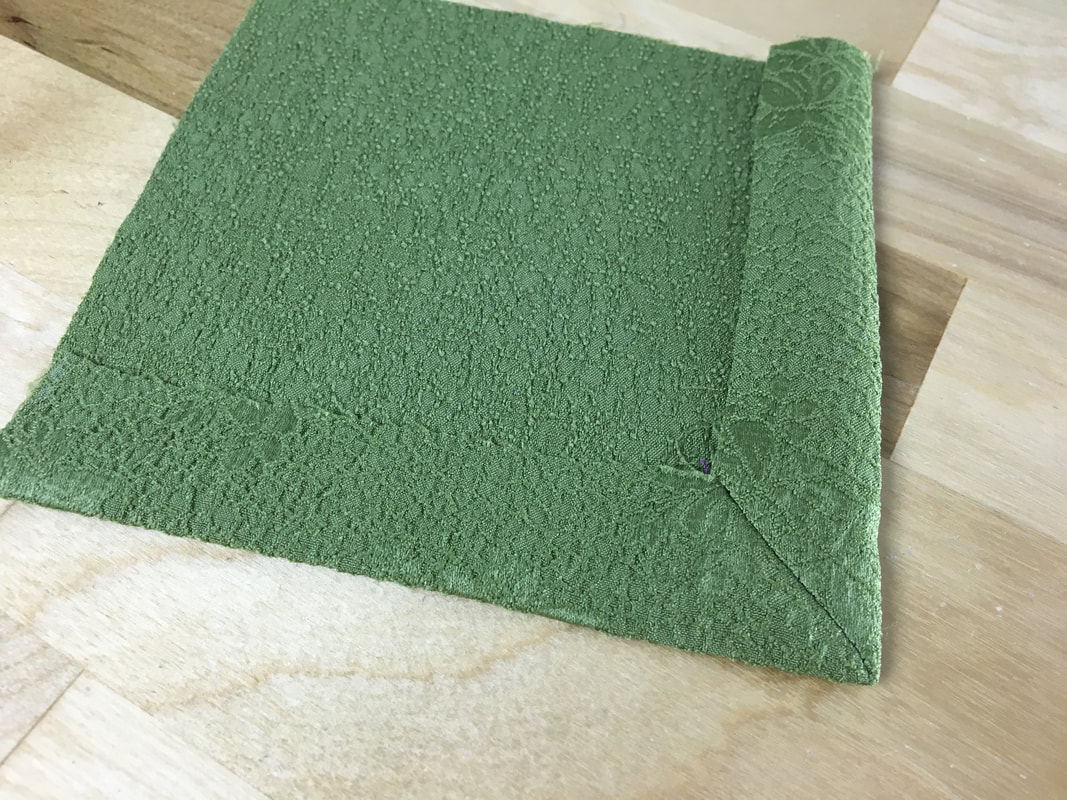
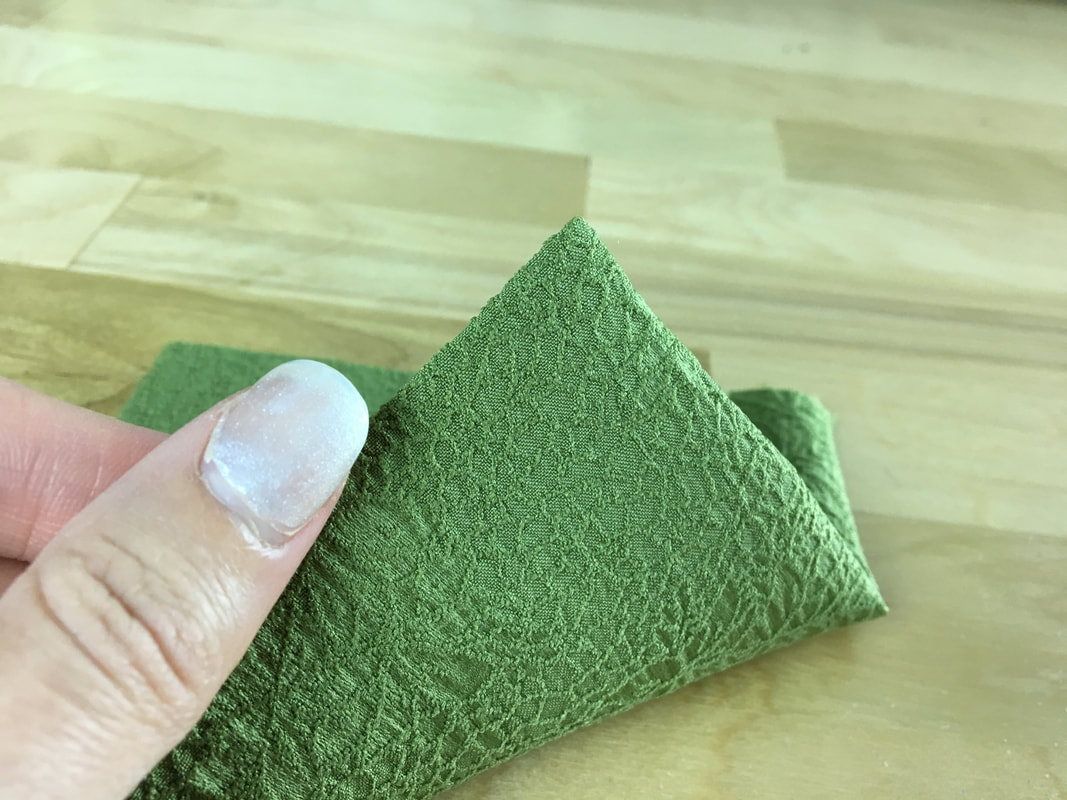
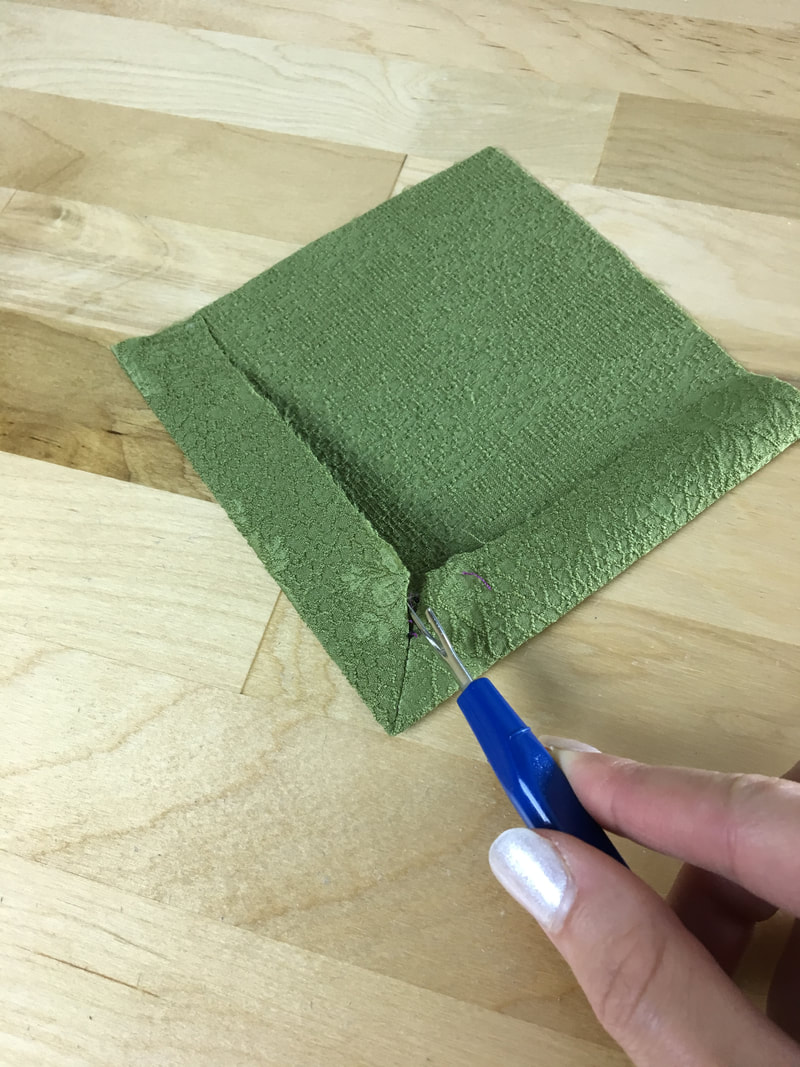
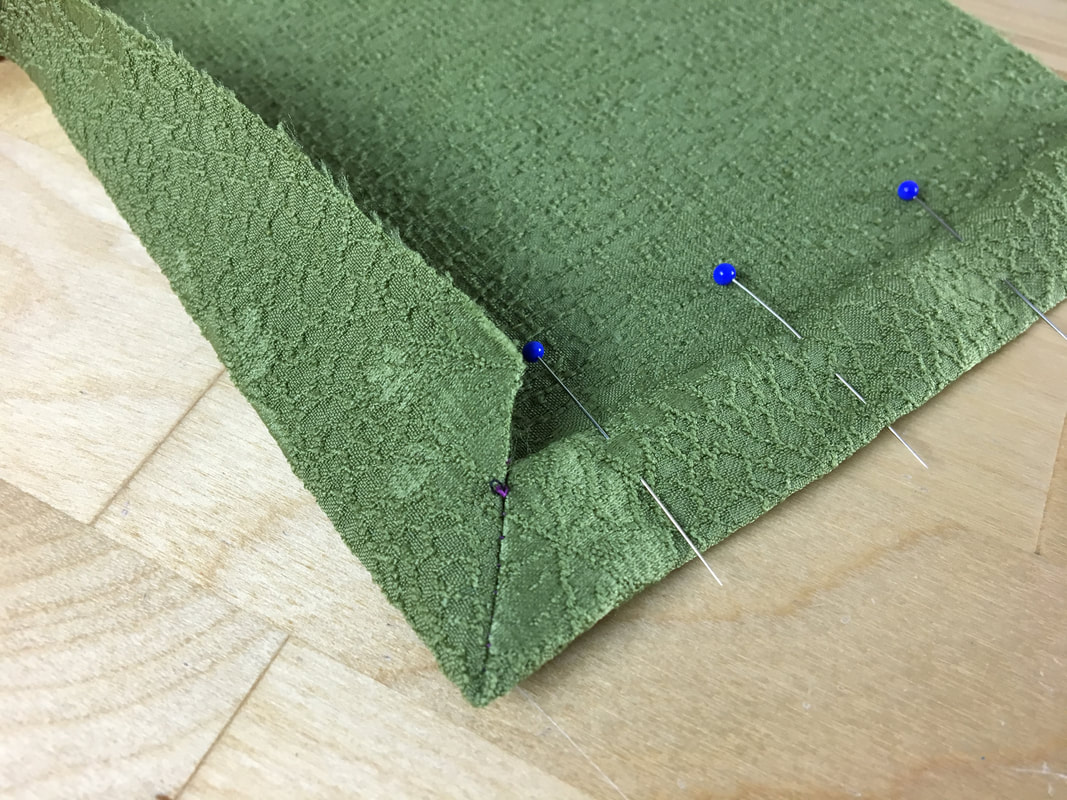
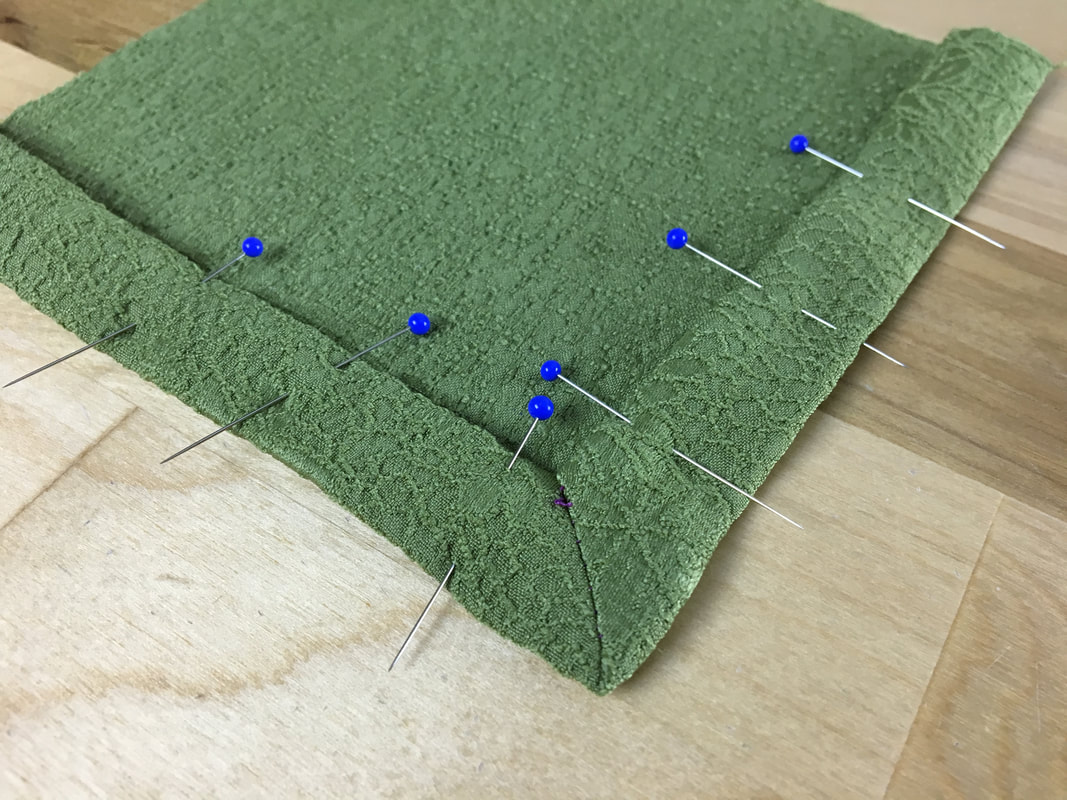
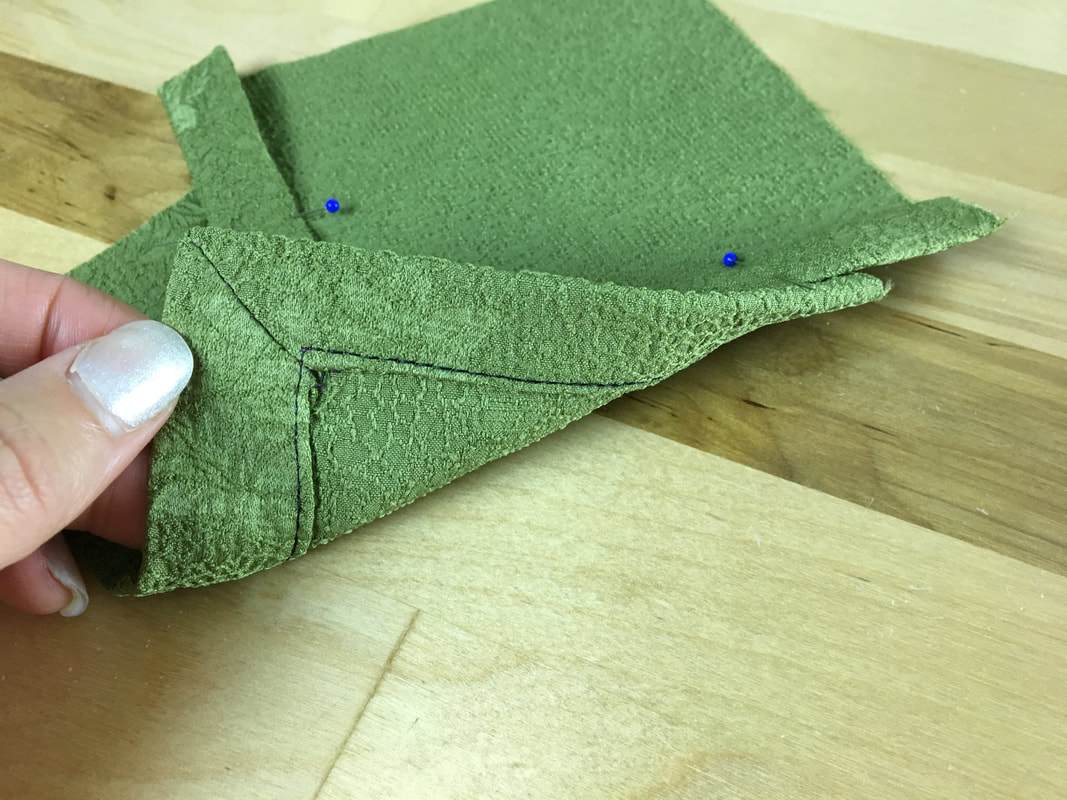
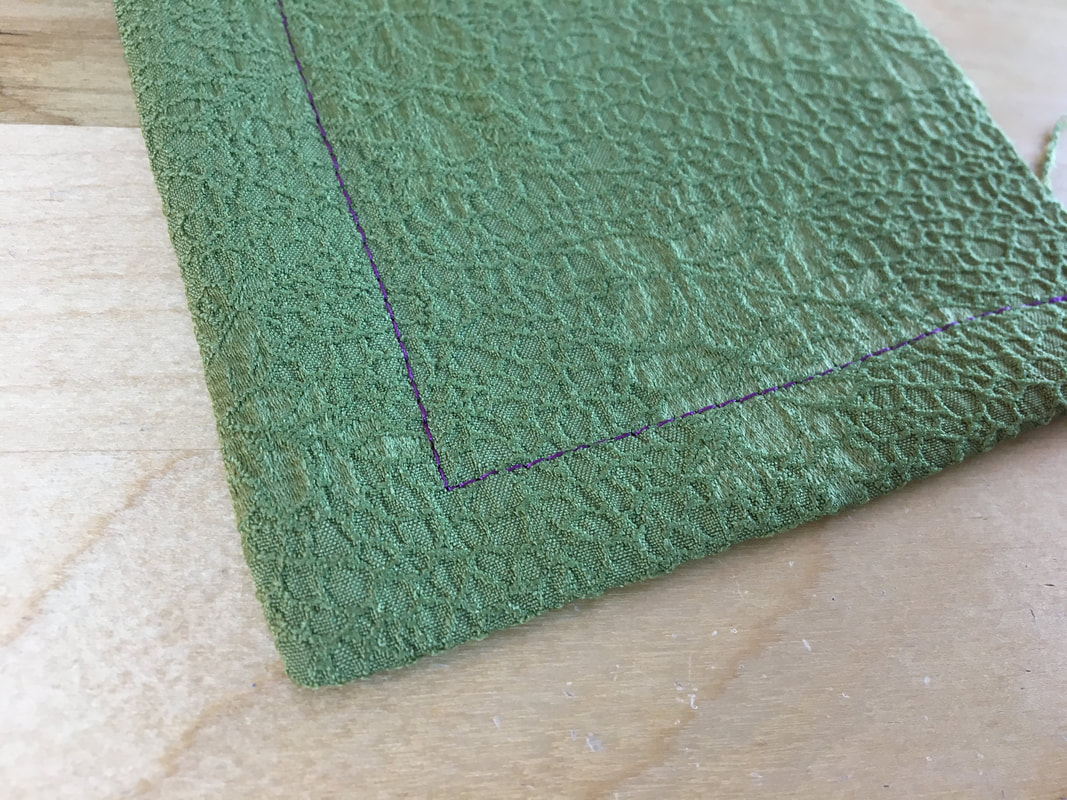
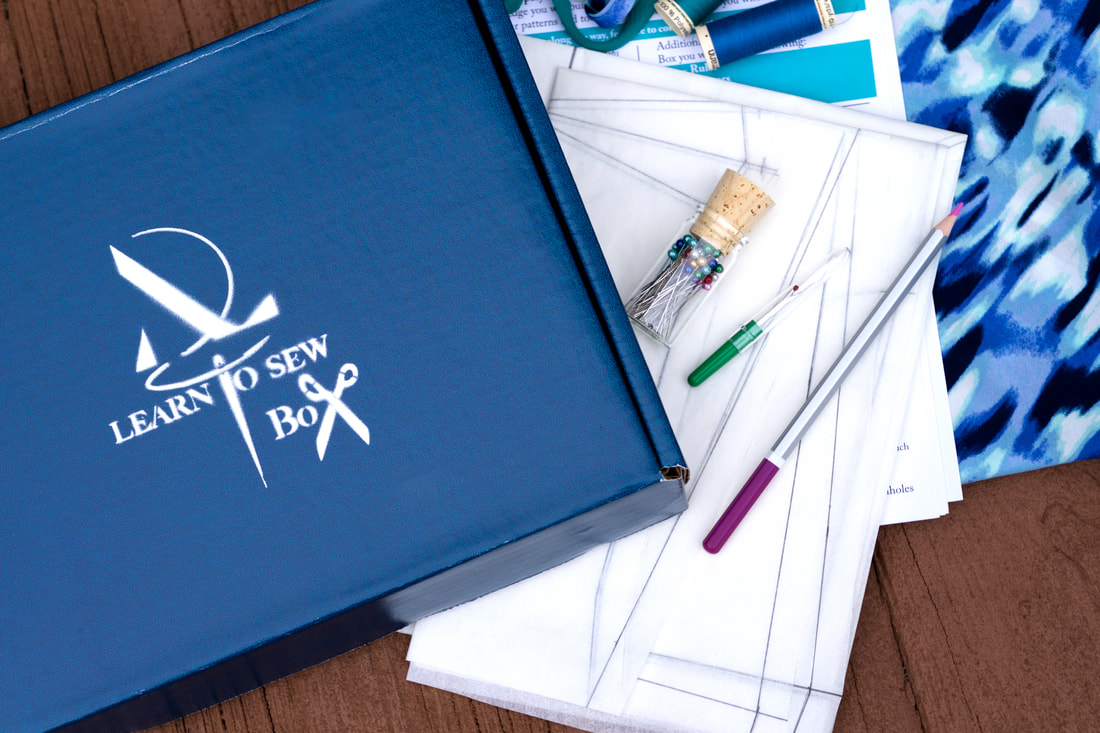


 RSS Feed
RSS Feed

